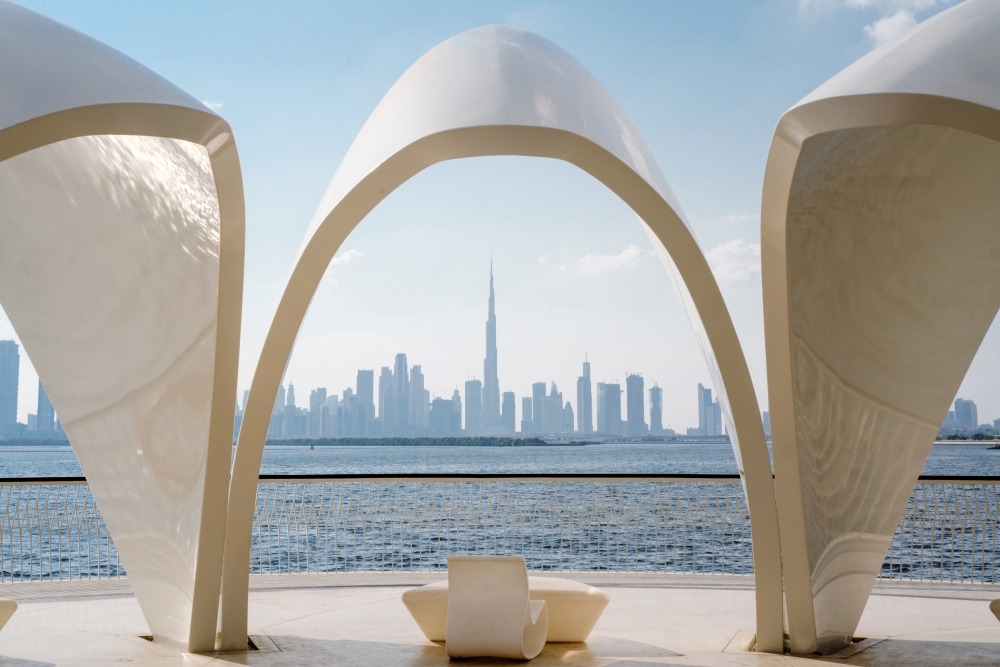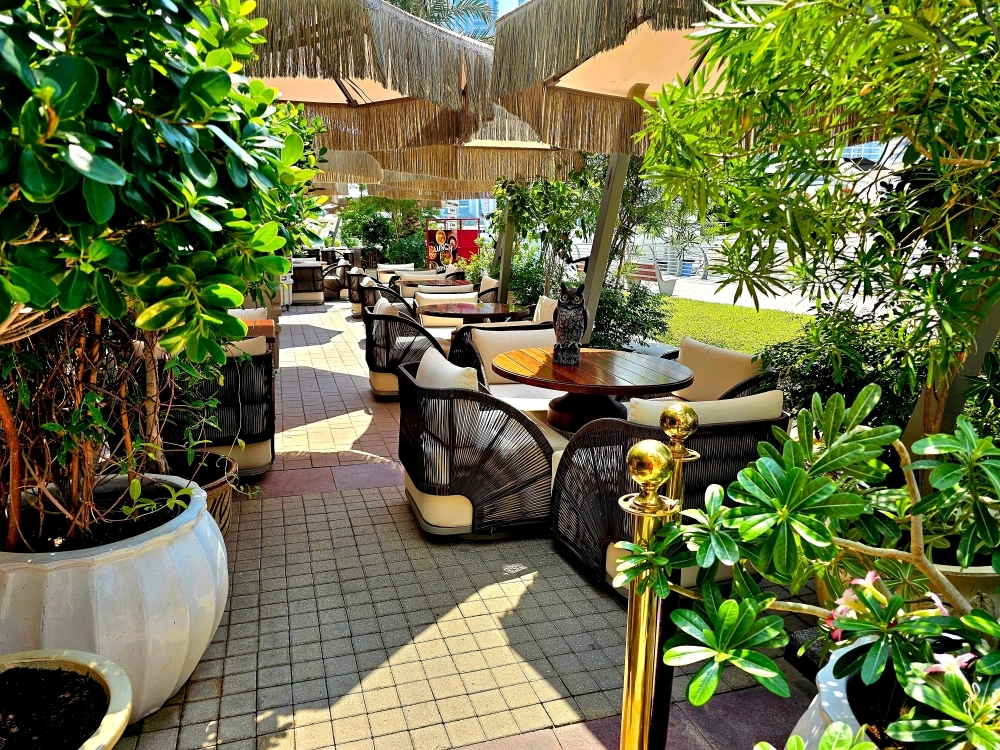Butler National Golf Club: An American Classic Refined
In the quiet suburb of Oak Brook, just west of Chicago, Butler National Golf Club endures as one of America’s most exacting parkland tests. Founded in 1972 by businessman and philanthropist Paul Butler, it was conceived as a pure golfing enclave – a private retreat devoted entirely to championship-level play.
Designed by George and Tom Fazio, the course soon earned its reputation for uncompromising difficulty and immaculate conditioning: deep bunkers, thick rough, and lightning-fast greens that reward precision above all else.
Ever since its founding, Butler National has remained men-only – a defining, controversial policy that has both shaped its identity and excluded it from hosting modern PGA Tour or USGA events. The club staged the Western Open from 1974 to 1990, a golden era that confirmed its pedigree before the Tour moved on under new inclusion rules.
Today, Butler National stands private, polished, and resolutely selective – admired for its architectural integrity and quiet authority, a course revered as much for its purity as for the challenge it presents.

A Pedigree of Precision
The 18-hole layout is routed across the gently rolling parkland terrain of Oak Brook, with the course favouring precision and control over sheer power. Narrow, tree-lined corridors define each hole, demanding placement off the tee, while fast, undulating greens test nerve and imagination in equal measure.
From the back Butler tees, the course stretches to 7,523 yards (6,879 metres), with a Course Rating of 78.4 and a Slope Rating of 155 – numbers that underline its reputation as one of the most demanding layouts in the Midwest. Water hazards are positioned with architectural intent rather than ornament, and the deep-faced bunkers extract full penalty for the slightest error. The closing stretch is particularly renowned, combining precision and bravery in a sequence that has broken many otherwise faultless rounds.
Although references to a renovation persist, records suggest that refinement and re-grassing work occurred around 2004, consistent with the Fazio team’s philosophy of evolution rather than overhaul. Fairway lines were adjusted, bunkering sharpened, and agronomy elevated to contemporary standards – preserving the course’s original championship character while subtly modernising its playability.
Life Inside The Gates
Behind its discreet entrance lies a sanctuary of quiet opulence, more country estate than city suburb. The clubhouse, elegant yet understated, embodies refinement – oak-panelled rooms, polished locker facilities, and tranquil lounges. The terrace, overlooking the final green, captures the stillness of the setting; every detail, from service to setting, reflects meticulous attention to detail and a deep respect for tradition.
Membership remains strictly by invitation, ensuring a selective roster and a close community bound by shared values. The club remains loyal to its deeply rooted defining traits and values – the very ones that have shaped its unique identity and continue to influence the tone of life within its closed gates.
It remains a refuge from the modern world, where mobile phones are prohibited, attire is formal, and etiquette is absolute. Courtesy governs every interaction, and discretion is not merely encouraged but expected. In this cultivated environment, members experience the rhythm of golf as it once was – focused, respectful, and unhurried, free from the distractions of the digital age.
Beyond the clubhouse, practice facilities are world-class, maintained with the same precision as the course itself. The driving range and short-game areas are manicured to perfection, supported by seasoned caddies whose professionalism and knowledge have become part of the club’s identity.
A Stage For Champions
To play Butler National is to experience a masterclass in proportion, as every feature serves a purpose. The fairways, though visually generous, tighten swiftly at the landing zones; the greens invite ambition yet reject any strike lacking conviction. Each hole unfolds with classical rhythm – inviting, testing, concluding with quiet authority.
Golfers often describe it as one of the hardest yet fairest courses in America, a distinction earned through design rather than difficulty alone. Forced carries, strategic bunkering, and thick rough demand precision from tee to green, while the layout rewards those who think as much as they strike. The architectural logic is unrelenting but never punitive – every hazard can be read and every challenge can be solved, but only with skill and nerve in equal measure.
The par-3s are particularly revered – compact in size, vast in consequence. The 7th hole, a long par 3 that plays over a shimmering lake to a green tightly framed by steep, sculpted bunkers, remains one of the Midwest’s most photographed shots. It demands a full carry across the water and absolute precision to hold the surface, where even minor errors roll away into sand or hazard. The short 16th hole, a compact par 3 framed by bunkers, looks deceptively simple – yet its raised green and unpredictable wind turn a straightforward shot into a delicate test of control.
These moments reveal the genius of Butler National – where every shot feels winnable, yet none is ever simple. The course tests nerve as much as technique, and players emerge both exhausted and exhilarated, having faced a layout that balances severity with fairness and delivers challenge with quiet elegance – qualities that continue to define Butler National’s enduring character.
A Club Apart
Butler National occupies a singular place in American golf – both celebrated and contentious, revered for its architecture yet debated for its membership policy. The course remains one of the most demanding and immaculately maintained parkland layouts in the country.
The club’s men-only membership policy was reaffirmed by a formal vote in 2012, placing it among the few single-gender institutions still active in the United States. Members regard this stance as a way to preserve tradition and camaraderie; critics view it as a remnant of a bygone era. Either way, the policy ensures Butler National remains as distinctive socially as it is architecturally.
Exclusivity extends well beyond gender. Prospective members require nomination, references, and board approval – admission is strictly by invitation. Within these parameters, camaraderie thrives. Competitions are fiercely contested, handicaps meticulously maintained, and standards of play uniformly high.
Recognition and Relevance
Even without a professional tournament on its calendar, Butler National continues to influence the modern language of golf course design. Its equilibrium of fairness and ferocity has long guided architects who prize strategic nuance. Across generations, restorations and new builds have drawn upon the club’s quiet philosophy – strategic bunkering, natural movement, and challenge delivered through precision. The Fazios’ work in Oak Brook endures as a benchmark for designers seeking to extract maximum strategy from minimal elevation. The club’s conditioning and presentation are both revered, where fairways are maintained to tournament texture, rolling true beneath immaculate greens that test nerves and strategic thinking. For members, these are assurances – daily expressions of the club’s exacting spirit and unrelenting standards. From the crisp cut of the turf to the stillness of its surroundings, every element reflects the same precision that defines its reputation.
A Quiet Legacy
There are no grand monuments or media fanfare; Butler National’s influence is measured through pedigree, as those who have played it speak with a kind of reverent understatement, as though having passed an unspoken examination. Its absence from the televised circuit has only deepened its mystique, strengthening a reputation built quietly through word-of-mouth.
More than fifty years after its founding, Butler National stands exactly as Paul Butler intended – private, immaculately maintained, and quietly formidable. For those fortunate enough to walk its fairways, there is the understanding that difficulty, when designed with such integrity, becomes its own form of beauty.



